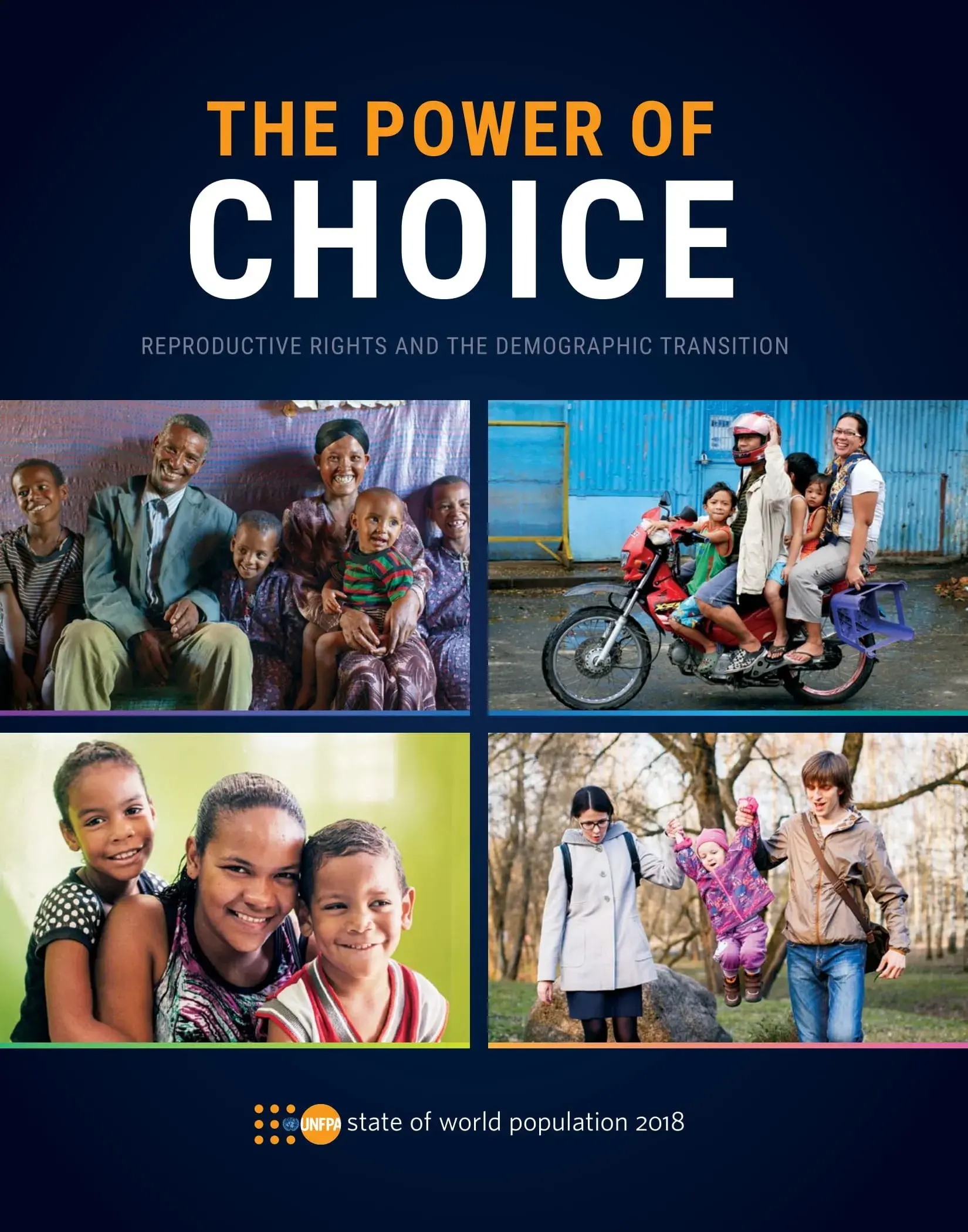The global transition from high to low fertility
Not so long ago, most people had large families: five children, on average. Where once there was one global fertility rate, today there are many, with differences wider than at any point in human history.
Implications of high fertility
High fertility leads to high rates of population growth and a disproportionate share of the population aged 15 years or younger.
For example, Niger, the country with the highest fertility rate, has an annual population growth rate of 3.84 per cent. About one in two people is under the age of 15. At current growth rates, both the total population and the number of children aged less than 15 years would double every 18 years. Even if the fertility rate were to fall in the future, current and past high fertility produces a momentum for future population growth as the very large numbers of people aged less than 15 years move into the childbearing ages (United Nations, 2015).
Countries with high fertility typically face challenges in providing education for children, health care for all and employment opportunities for young workers. A dearth of jobs in rural areas can drive many young people to migrate to cities that already lack job possibilities. Countries with fertility rates of four or higher are expected to see their urban populations grow rapidly in the years ahead (United Nations, 2015b).



